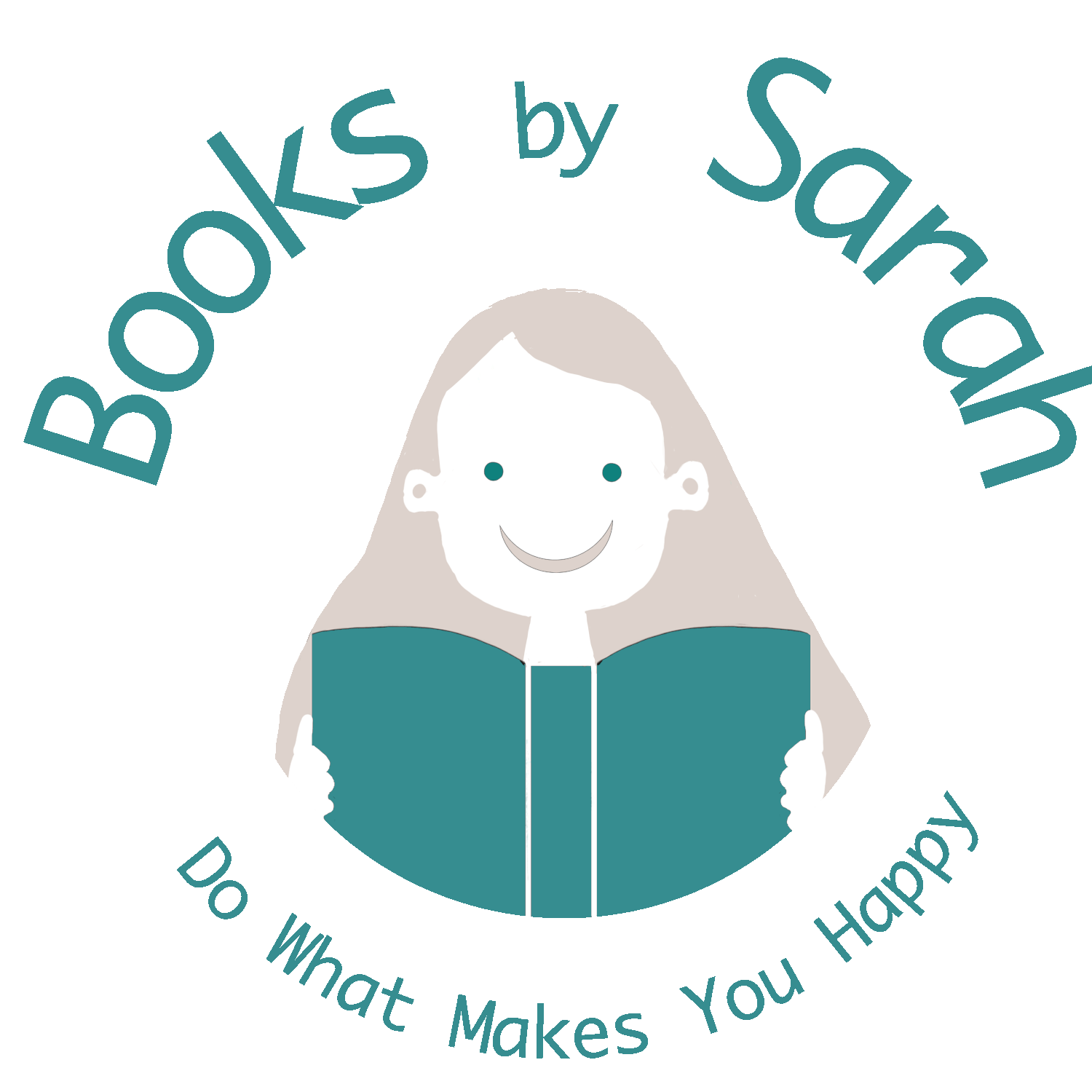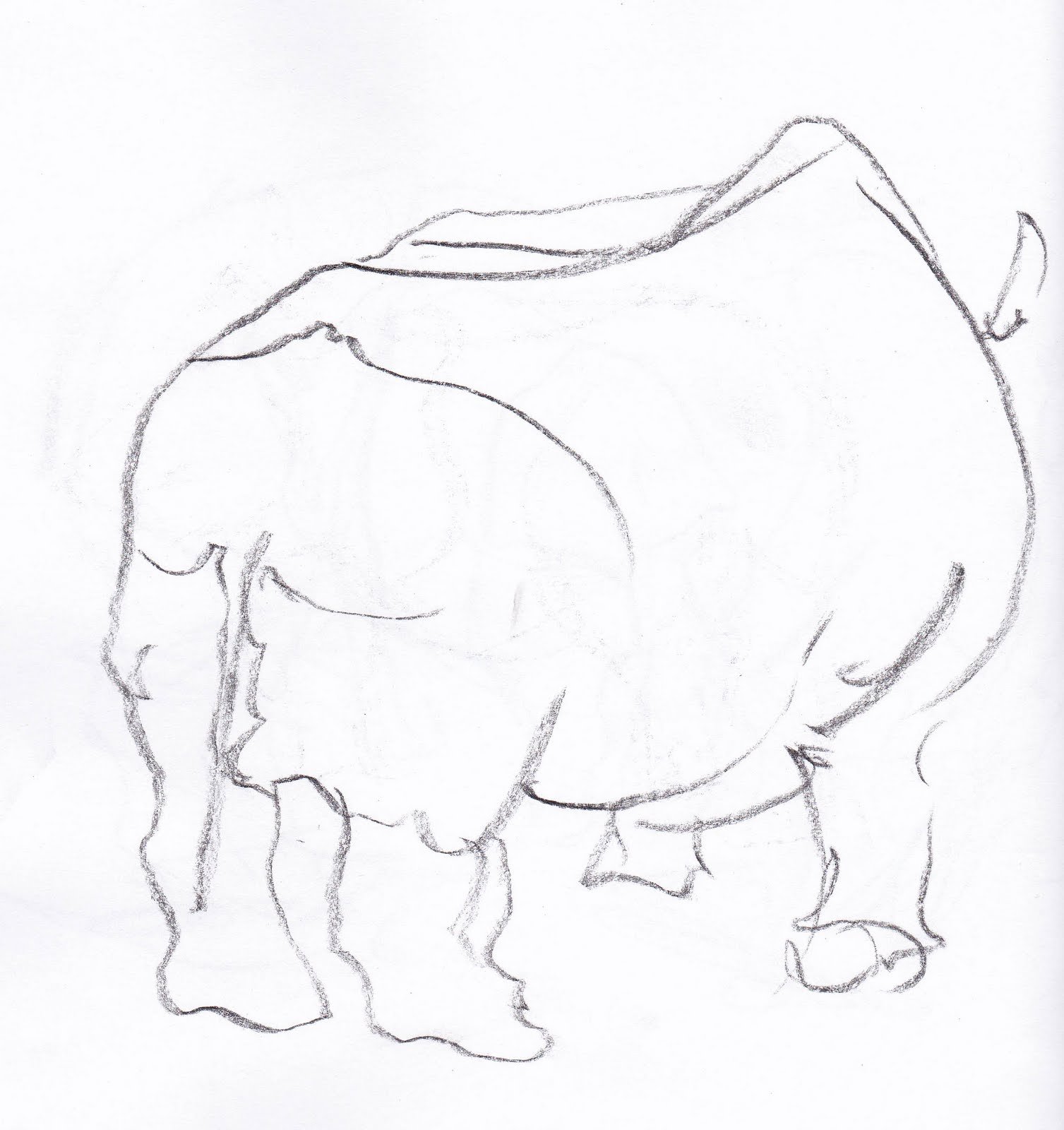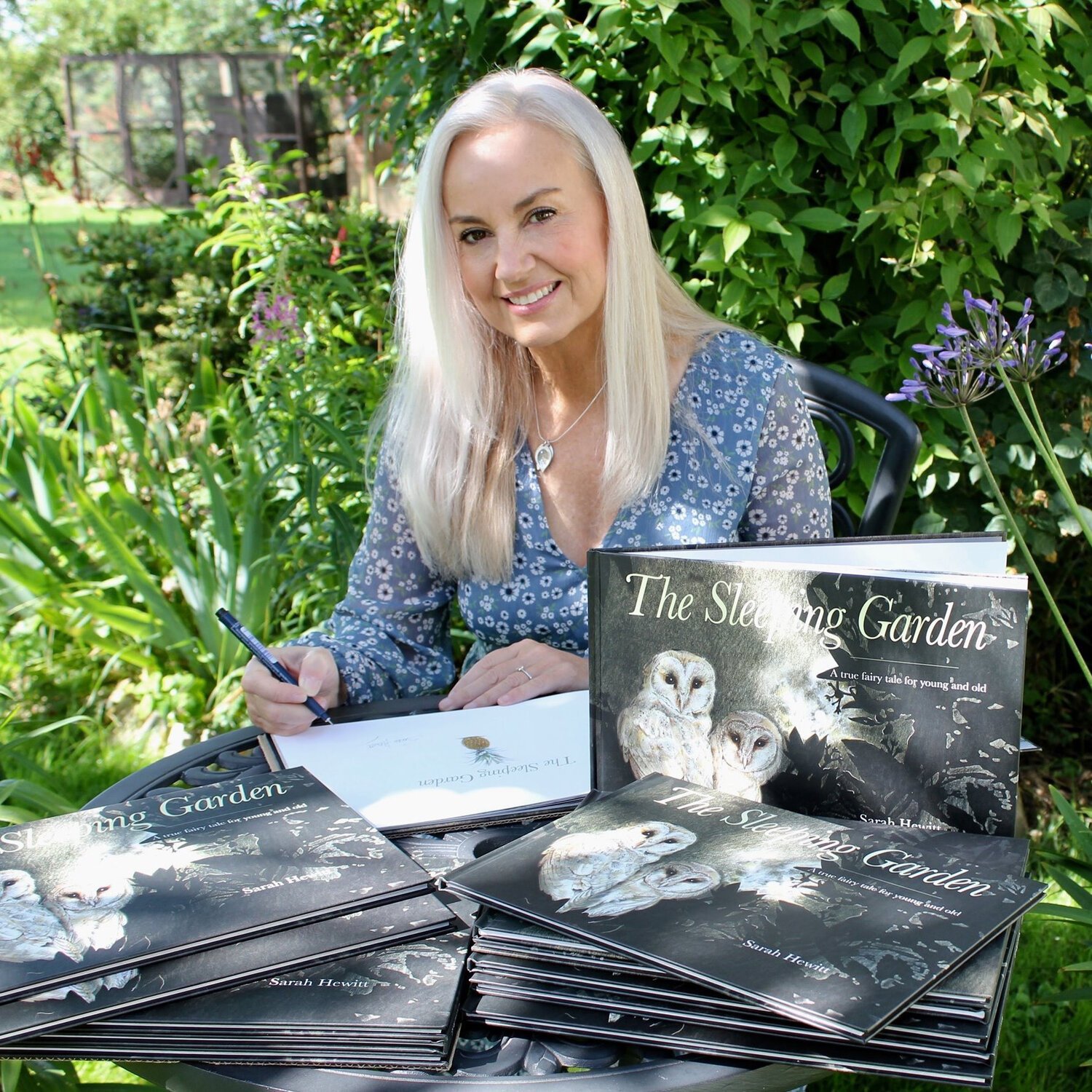Highs and Lows on the Journey to Becoming a Published Author/Illustrator
I sometimes receive messages from authors and illustrators eager to find out how to achieve their dreams of publication. Oh, if only it were that easy - the elusive X factor with universal appeal!
Life, with all its twists and turns, is never an easy path, and neither is the long road to publication - unless you’re very fortunate. My journey started back in the Stone Age when I was ten years old and home with measles! So pleased to be ill and away from school (that’s another story…), I passed those wonderful days in a magical world, creating my first ever picture book featuring my brother (bearing a striking resemblance to Joe from ‘Joe and the bricks’). But the star of the book was Bristles, a huge, cuddly, slightly gullible caterpillar - his adventures filled my days spent cuddled up under the illness blanket with my felt pens and exercise book.
Joe and the bricks by Joan Hickson and Alison Prince 1968 / Bristles 1976
Picture books faded into the background, but when I had my children, I had another go. This time it was a story about my son and his dream of his own castle called Stronghold. Recently, I dug it out of a dusty drawer thinking I would cringe, but found to my surprise that it wasn’t too bad? A swift edit later there was a printed copy for his birthday, ready to read to his own little girl.
Stronghold, 2000
When I was 36, I signed up for an HND in Visual Communication. I learned to work in Photoshop, Illustrator, and InDesign, create layouts, use typography, and even build my own website. All of this new knowledge was incredibly useful and empowering, but the most magical thing was meeting like-minded creative souls for the first time. Sharing ideas, working collaboratively and honest feedback cannot be overestimated.
Countryside Night and Day - Flipbook lllustrations created for LCP Ltd, 2004
Afterwards, I was so fortunate to find a my first job in publishing. The role was art editor and picture researcher for a small educational publisher and involved commissioning illustrations. One day I shyly presented my own to the editor. Gradually, as my pictures appeared in their books, my illustrations evolved. I work now as I did then - starting in traditional media, scanning my work and completing it digitally. I also learned a lot from sitting next to the in-house illustrator, (do they even exist these days?!!) who to his credit always patiently answered my frequent questions, - his help was invaluable.
My first published picture book was ‘Grandad’. This simple story was based on my relationship with my wonderful grandfather Steve.
Happy days with Grandad
Inspired by my hero, the late Shirley Hughes, who always wrote about the small yet significant events in the ordinary lives of little children, it talks about the most valuable thing we can give them - our time. Painting, dancing, bedtime stories, adventures in the park and the beach - simple pleasures that leave such cherished, lasting memories. Within this backdrop of safety and love, the book tackles the difficult subject of loss, using the simple, reassuring message my grandfather told me in a matter-of-fact yet kindly way. Lots and lots of unsuccessful submissions later, rather than give up, I self-published. This book continues to be my bestseller, now on its second edition with a third in production…
Grandad - A story to help children cope positively with bereavement, 2nd ed, 2016
Fast-forward to me aged 46, excitedly attending an interview for a BA in illustration at Cambridge School of Art. Surprise! My work in publishing and my Grandad book meant that instead, I earned a place on the Children’s Book Illustration MA - even though I’d never been to university! It was very scary but also incredibly exciting.
Lecture Notes - Anthony Browne 2010
For anyone thinking of making a career in the world of children’s picture books, there can be no better training than that wonderful, dreamy course. While only a select few found fame and fortune (the amazing Steve Antony (‘The Queen’s Hat’) one of the most notable), without fail, we all emerged the other side with a clear visual language and an established sketchbook practice, invaluable when making books for children. The habit of observing became entrenched, forever feeding into our words and pictures. We also learned about pace, design, colour … the list goes on.
Sharing ideas - tutorial sketch 2011
Imagine how it was sitting next to Axel Scheffler, gently holding one of the original Gruffalo illustrations - or listening in wonder as Quentin Blake and Anthony Browne described their processes - not to mention all the amazing tutors who imparted wonderful nuggets of wisdom such as James May, Alexis Deacon, Paula Metcalfe and Pam Smy (“Not like that, like this!!”)! Priceless!
Dummy spread for The Gruffalo - Axel Scheffler
But like everything worth doing in life, there’s no shortcut, and although fun and joyous, it was also hard work and often frustrating. If you are interested in reading more about this life-changing course, my ancient blog ‘Sarah’s Sketchbook’ is still available to read online.
Stamford in the rain - Sketchbook pencil and watercolour 2011
After graduating, a longed-for meeting with a well-known publisher left me crestfallen following his opening exclamation “You’re no spring chicken!!” The meeting that followed was not what I had hoped for but as I walked out of the plush London office, I tried not to feel too disappointed and realised what was driving me forward was not the aspiration to be published, but the joy of making books for children.
Sketchbook - Observation of Nepalese rhino (Character development for Clara 2011)
Clara, 2nd ed, Books by Sarah, 2016
I have written about the tragic loss of my daughter Beth and the impact this had on my life. My books were something to disappear into - a brief respite from my grief and sadness and something I could do to feel close to her because drawing was our favourite thing to do together.
Beth - charcoal, 2013
My Masters project ‘The Sleeping Garden’, a book about the story of The Lost Gardens of Heligan took me ten long years to complete. Before Beth died, I had received an exciting offer of publication following a submission to a very enthusiastic publisher. He gave me a publication date and promised a contract which never came. In the weeks after losing Beth, I wrote to him, but he vanished and refused to reply to my emails. It was disappointing, but I started the submission process all over again and before long, I found the publisher that would make my book a reality.
From The Sleeping Garden, The Story of Heligan, Mabecron 2020
But then Covid struck! The wonderful book launch planned at Heligan, and the book signings that I had so eagerly anticipated all over Cornwall simply didn’t happen. I received photographs of my books filling Cornish bookshop windows, but I never saw them for myself.
The Sleeping Garden in a Cornish bookshop, 2020
The following year, after lockdown ended, I travelled to Cornwall for a book reading event - alas! The biggest storm they had seen in a decade on the day of the signing meant hardly anyone came to the gardens. Nevertheless, the book went on to win two awards in 2021 and was translated into Cornish.
Signing my books, 2020
Have I mentioned that all my book ideas come to me in dreams? This is a mixed blessing as while it avoids the thrashing around, striving for inspiration, I am then, of course, compelled to produce the book!
Spread from Grandad 2nd ed, Books by Sarah, 2016
That is when the hard work starts. Finding the right visual language (never say ‘style’ or Professor Martin Salisbury will be very cross indeed!) is the magic fairy dust.
Spread from The Cornish Pasty Pirates, Books by Sarah, 2020
Believe in yourself and your creation. Keep going, drink in positivity, (seek out and heed constructive criticism) and don’t let negativity and setbacks drag you down - use it to energise and drive you forwards - your book is your baby. Do it for the love of creating and the belief that your work will inspire little people - watching their inquisitive faces light up when they see your pictures and their tiny fingers trace the outlines - then it is all worthwhile.
And if you self-publish, don’t see it as a negative - the world is changing and print- on-demand means it doesn’t have to cost you a fortune. Never underestimate what you will learn when you create a book, whether for children, adults, or just yourself - the process teaches you more than you can ever learn by studying alone - practice, practice, practice.
More news soon, but until then, good luck on your magical mystery tour - the enigmatic journey of making books for children.




















